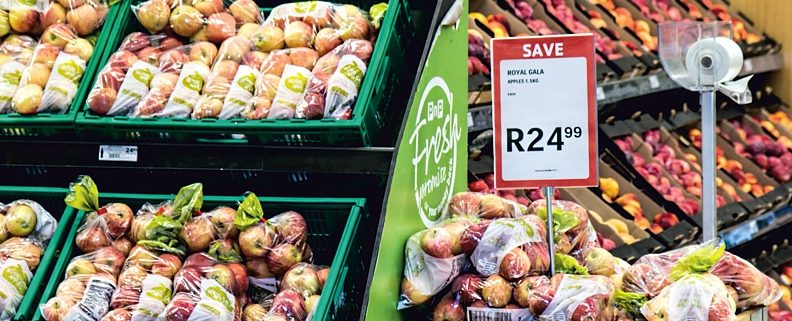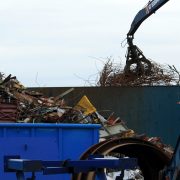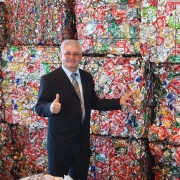Food Waste Management Market: Food Processing Waste to Grow
According to a report published by Future Market Insights (FMI), food processing waste – by waste generation type – is anticipated to retain its dominance by securing 35 billion US-Dollar by the end of the forecast period in 2027. This reflects a compound annual growth rate (CAGR) of 6.8 percent.
The recent report on global food waste management market developed by Future Market Insights reveals that the retail waste segment of the market is estimated to expand at comparatively lower compound annual growth rate (CAGR), related to other waste type segments during the assessment period (2017-2027), the research company emphasized. “The report also highlights the factors influencing growth of the market. Wherein, factors such as waste produced by agricultural processes, diary food processing waste, poultry and meat processing waste as well as increasing seafood processing wastes are included. The amount of waste generated by these industries is beyond imagination. These factors compelled players in the waste food management industry to improve waste food procedures.”
Dynamics of the Market
As reported, food processing waste is anticipated to dominate, riding on high single-digit CAGR throughout the assessment period. In terms of volume, the consumption of the food processing waste segment is likely to reach 182 million tons by the end of the assessment period, with 5.1 percent growth rate, FMI predicts. The consumption waste segment is projected to reach 30 billion US-Dollar by the end of the assessment period. “Further, this segment will reach 139 million tons by the end of 2027 and it is estimated to increase at 4.4 percent CAGR throughout the assessment period.”
According to Future Market Insights, in terms of revenues, both the consumption waste and food processing waste segment is likely to dominate the global food waste management market throughout the forecast period. “By the end of 2017, the consumption segment is likely to procure over one-third share of the market whereas the food processing waste segment will hold nearly two-fifth market share”, the company wrote in December last year. “Moreover, by the end of 2027, the consumption waste segment is likely to lose 90 basis points and food processing waste segment will grow by 210 basis points. The food production waste segment is anticipated to witness low CAGR and will procure only nine percent market share, in terms of value.”
Regulations Governing Management of Food Waste
Generation of food waste is mainly observed in developed economies, FMI gave account. The majority of the food waste is generated through supply chain including producers, processors, distributors, transportation and logistics channels as well as retailers. As reported, governments of several countries are implementing stringent rules governing the effective management and disposal of food waste.
Some examples:
■ Food Production Wastes: Regulatory bodies such as Food and Agriculture Organization (FAO) and Ministry of Agriculture, Forestry and Fisheries are regulating food waste management at the agricultural level in order to minimize food wastage at source.
■ Distribution and Supply Chain Wastes: The National Solid Waste Policy in Brazil focusses on increasing the sustainability of solid waste management and decreasing the total volume of waste produced at the national level. The sectors covered in the policy include healthcare, construction, transportation, forestry, mining, industrial, domestic and public.
■ Retail Wastes: The Waste Management Legislation in Europe has made it mandatory for food manufacturers, service providers and the retail sector to deal with food waste recycling and disposal in an environment-friendly manner.
www.futuremarketinsights.com/reports/food-waste-management-market
Photo: pixabay
GR 12018









